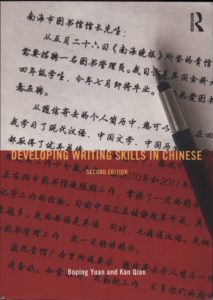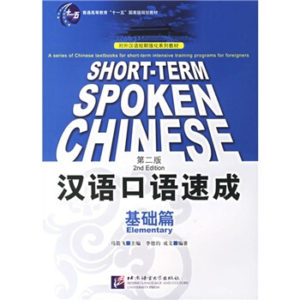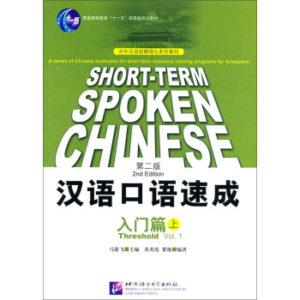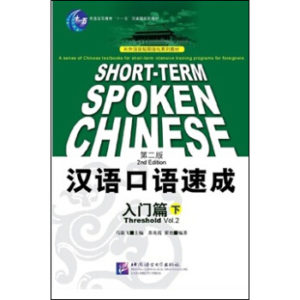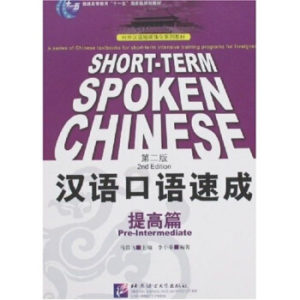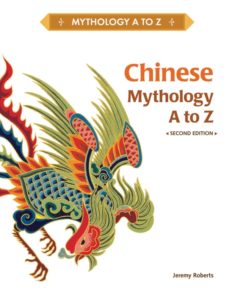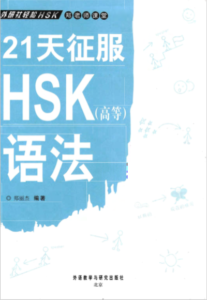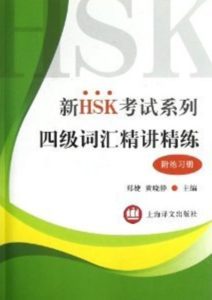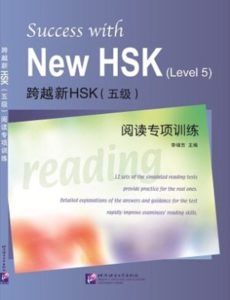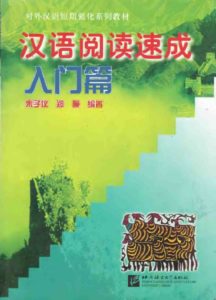There are several ways to learn Chinese Mandarin:
- Enroll in a language school or hire a private tutor. This provides structured lessons and the opportunity to practice speaking with a native speaker.
- Use language learning software or apps, such as Duolingo, Bilibili, and Pleco, which offer interactive lessons and exercises.
- Immerse yourself in the language by living in a Chinese-speaking country, watching Chinese films and TV shows, and speaking with native speakers.
- Practice regularly with a language partner or join a language exchange program to get conversational practice.
- Study Chinese literature, music, and culture to gain a deeper understanding of the language and its context.
Whichever method you choose, consistency and commitment are key to successfully learning Chinese Mandarin.
Recommend books to study Chinese mandarin:
- “Chinese for Dummies” by Wendy Abraham
- “Integrated Chinese” by Yuehua Liu and Tao-chung Yao
- “Colloquial Chinese: The Complete Course for Beginners” by Qian Kan
- “Practical Audio-Visual Chinese” by De Fang Wang
- “Chinese Grammar WikiBook” by various authors
These books offer a variety of approaches to learning Chinese Mandarin, including grammar explanations, vocabulary lists, and exercises for practice. You can choose a book that best fits your learning style and goals.







